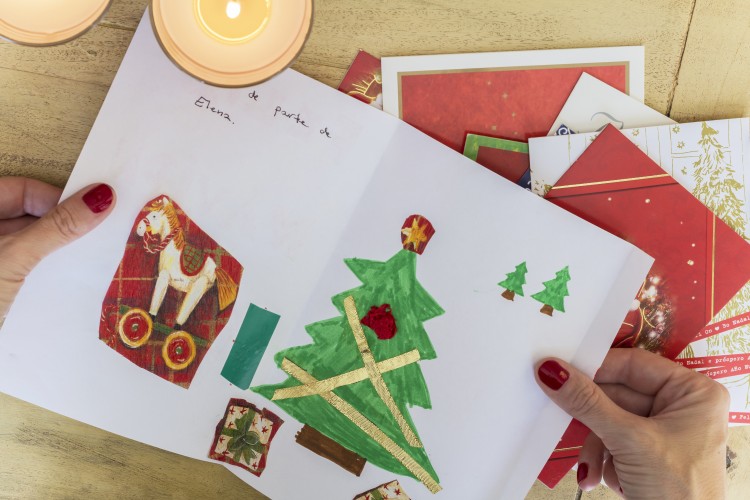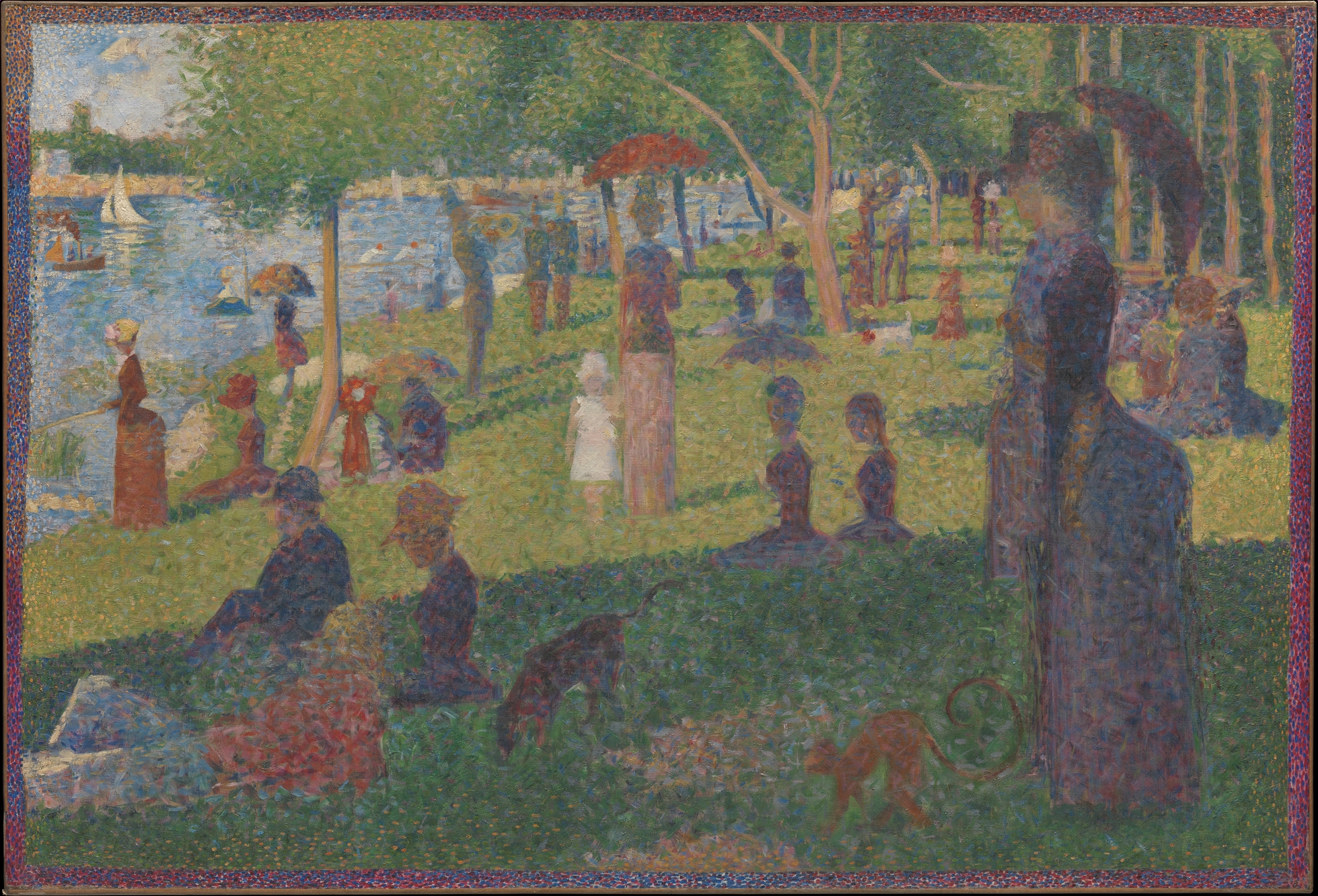Folk Art Handcrafted on Wood
The Handcrafted Art Pyrography-Wood Burnt Wall Plaque features a lovely picture is produced by burning every detail into a piece of birch veneer plywood. Then, the plaque is then hand-painted with watercolors to draw out all of the details of the beautiful scene and enhance the realism of the design. The picture may also be left in its natural burnt state providing a more rustic leek. An acrylic clear finish is added to bring out the natural grain of the wood and preserve the work of art for years to come.
With its wood burnt and painted or unpainted border, the Handcrafted Art Pyrography-Wood Burnt Wall Plaque is like a picture within a picture and instantly catches the eye when hung on a wall. The work of art bears the signature of the artist, L. Baber, at the bottom right corner of the image.
Measuring 12 inches by 12 inches in size, the Handcrafted Art Pyrography-Wood Burnt Wall Plaque will make a charming addition to the wall of a living room, entry way, bedroom or den. The wall plaque is also a unique alternative to paintings, posters and prints for decorating vacation homes, cabins and offices.
The Handcrafted Art Pyrography-Wood Burnt Wall Plaque is completely handmade and is a true one-of-a-kind work of art. Each one is meticulously handcrafted from start to finish by the artist, rather than churned out along assembly lines by machines. As a result, slight variations in the look and appearance of the finished design should be expected.
The wall plaque that you choose will be a real original, as no other will be produced exactly like it. Crafted in Seattle, Washington, the Handcrafted Art Pyrography-Wood Burnt Wall Plaque is American made and sure to become a favorite piece in your art collection. In addition, the wall plaque makes a unique gift idea for men and women. You can give one as a Father's Day gift, Mother's Day gift, birthday gift, Christmas gift, housewarming gift or gift for any other occasion. With its natural wood coloration, the wall plaque will look at home in any space and complements any color palette.
Take a trip to the shore without having to purchase a ticket or pack a bag! Let the Handcrafted Art Pyrography-Wood Burnt Wall Plaque take you on a journey to a beautiful picture and bring something distinctive and unique to your décor. Order this handmade wall plaque today.
Handmade pyrography wood burnt wall plaque approx. 12 inches by 12 inches
on Birch veneer/plywood ,
Handcrafted One of a Kind and custom made in Seattle Washington USA
Please keep in mind that all items are handmade one of a kind by a real human beingand not a machine. Some variations and imperfections are part of the handmade process.
I would happy to price you a custom work if you send your ideal.
Shipping 2-4 days ground USPS'
Handmade
International Customer: Please contact us for shipping cost.
This is for United States orders only. International orders send a message for shipping charges
Handcrafted One of a Kind and custom made in Seattle Washington USA
Please keep in mind that all items are handmade one of a kind by a real human being and not a machine. Some variations and imperfections are part of the handmade process.
I would happy to price you a custom work if you send your ideal.
Shipping 2-4 days ground USPS'
Blog: of art and craft-hobbies
Website Stores

http://art-and-craft-hobbies.com/

http://art-and-craft-hobbies.com/shop/
https://www.etsy.com/shop/Magikaljourneys?ref=seller-platform-mcnav






































